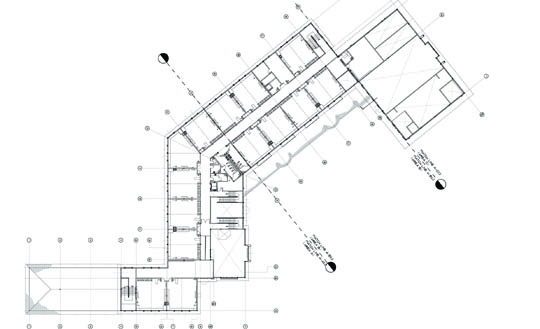Hart Master Programmu
HART Technology Detail How HART Works “HART” is an acronym for Highway Addressable Remote Transducer. The HART Protocol makes uses Frequency Shift Keying (FSK) standard to superimpose digital communication signals at a low level on top of the 4-20mA. This enables two-way field communication to take place and makes it possible for additional information beyond just the normal process variable to be communicated to/from a smart field instrument.
About the Show Sunday, June 03, 2012. The 2012 MTV Movie Awards have come to a close. (have you checked out our Full Fashion Recap yet?), the 2012 MTV Movie Awards kicked off with fun. The 2012 MTV Video Music Awards have come and gone. We know, we know, we're just as depressed as you are about it. Lucky for us, the show was filled with stellar performances, awesome awards,. Mtv video music awards 2012 full show download youtube.
Issuu is a digital publishing platform that makes it simple to publish magazines, catalogs, newspapers, books, and more online. Easily share your publications and get them in front of Issuu’s.
The HART Protocol communicates at 1200 bps without interrupting the 4-20mA signal and allows a host application (master) to get two or more digital updates per second from a smart field device. As the digital FSK signal is phase continuous, there is no interference with the 4-20mA signal. The HART Protocol provides two simultaneous communication channels: the 4-20mA analog signal and a digital signal. The 4-20mA signal communicates the primary measured value (in the case of a field instrument) using the 4-20mA current loop - the fastest and most reliable industry standard.
Additional device information is communicated using a digital signal that is superimposed on the analog signal. The digital signal contains information from the device including device status, diagnostics, additional measured or calculated values, etc. Together, the two communication channels provide a low-cost and very robust complete field communication solution that is easy to use and configure. Frequency Shift Keying (FSK) HART Communication occurs between two HART-enabled devices, typically a smart field device and a control or monitoring system.
Communication occurs using standard instrumentation grade wire and using standard wiring and termination practices. Two Communication Channels HART technology is a master/slave protocol, which means that a smart field (slave) device only speaks when spoken to by a master. The HART Protocol can be used in various modes such as point-to-point or multidrop for communicating information to/from smart field instruments and central control or monitoring systems.

The HART Protocol provides for up to two masters (primary and secondary). This allows secondary masters such as handheld communicators to be used without interfering with communications to/from the primary master, i.e. Control/monitoring system. Primary and Secondary Masters The HART Protocol permits all digital communication with field devices in either point-to-point or multidrop network configurations: Point-to-Point Configuration Multidrop Configuration There is also an optional 'burst' communication mode where a single slave device can continuously broadcast a standard HART reply message.

Higher update rates are possible with this optional burst communication mode and use is normally restricted to point-to-point configuration. HART Commands The HART Protocol is a master-slave communication protocol which means that during normal operation, each slave (a field device) communication is initiated by a request (or command) from the master (host) communication device. The master or host is generally a distributed control, PLC, or PC-based asset management system for example.
The slave device is typically a field measurement device such as pressure, level, temperature, flow or other transmitters. In order to make certain any HART-enabled device from any supplier can communicate properly and respond to a command with the correct information, the set and types of commands are defined in the HART Specifications and implemented in all HART registered devices. Users need not worry about these commands because they are included in the functions of the host. The specific capabilities of a device (device specific commands) are available to the host when the host is given the instructions included in the Device Description (DD) of a specific device. An important point is that defined device status indications are included with each communication response to the host. The host then interprets these status indicators and may provide basic device diagnostic information.